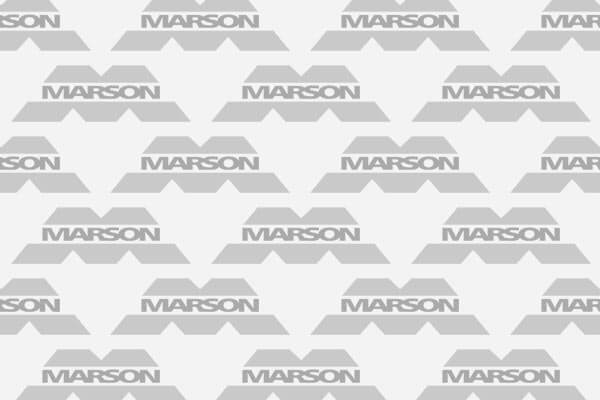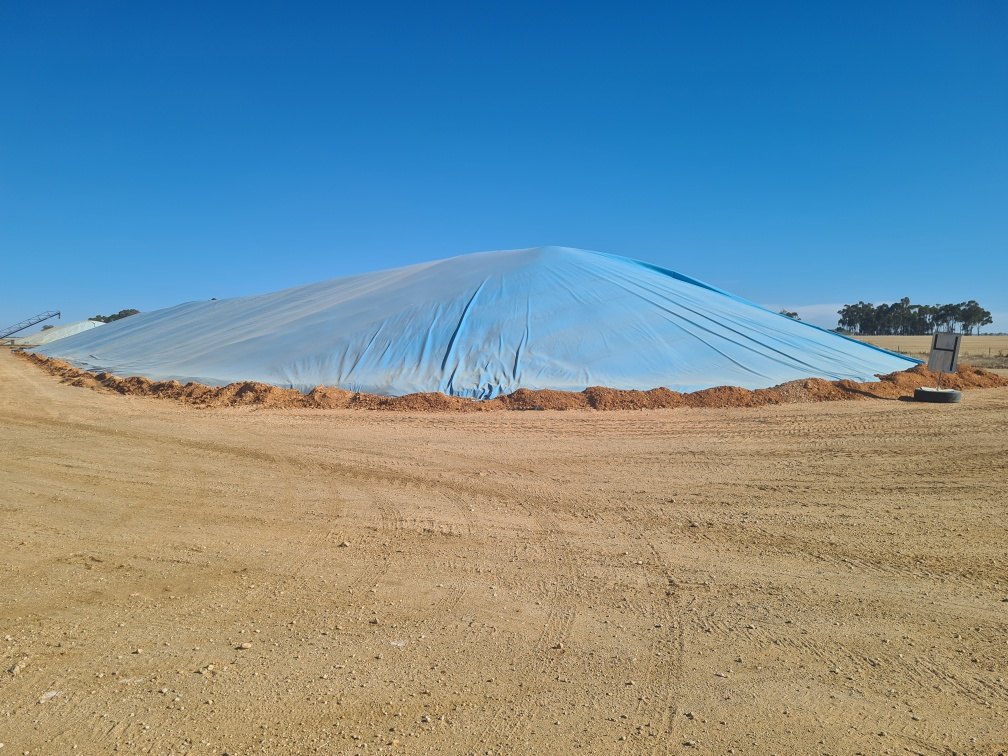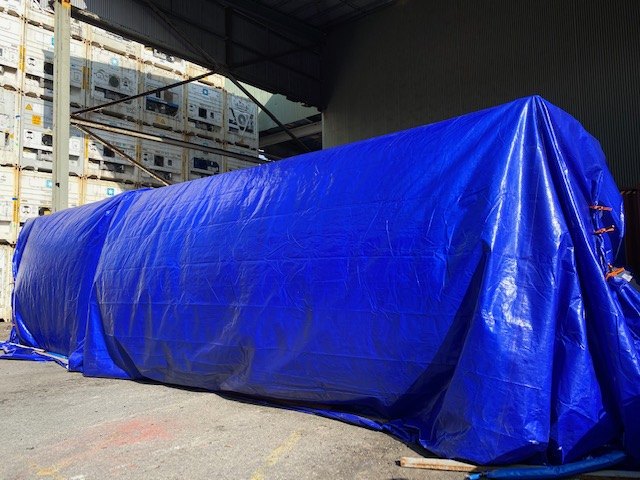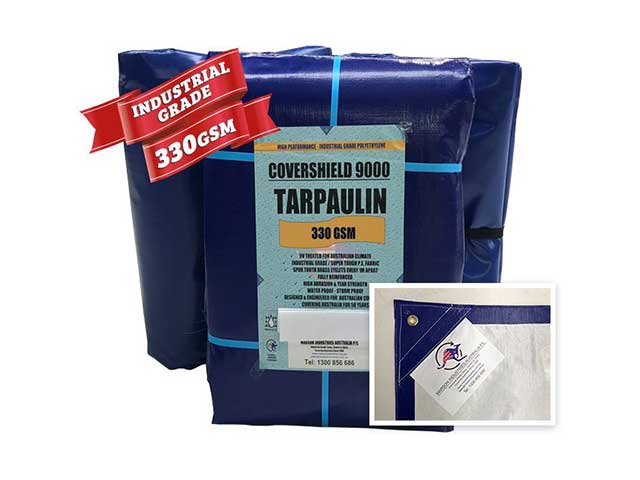Tarps, Covers & Liners. Industrial Textile Fabrication.
Marson Industries Australia Pty Ltd
Industrial Spill Containment Tips You Should Use

If you are working with chemicals every day, ones that can be hazardous to the health of people at your facility, you need to know how to contain these spills when you are faced with cleaning them up in order to comply with certain standards. On one hand, you are doing this in order to prevent the contaminants from getting into the ground and subsequently the groundwater.
On the other hand, you are doing this because you are legally obligated to do so, and you are also obligated to use very specific products. Let’s look at a few of the most common types of industrial spills and industrial spill containment products that you should use.
- What Is An Industrial Spill?
One of the most common types of industrial spills are oil spills. There have literally been thousands of them dumping millions of gallons of oil onto the ground and in the ocean. You may also be working with toxic chemicals which could be poisonous, and even those that can cause physical injuries. When these spills happen, you need to have products that can soak up what has spilled and do so in an efficient manner. You also need to know how to do this so that you remain safe as you are taking care of whatever has spilled onto the ground or in the water.
- Different Types Of Hazardous Materials
There are so many different types of hazardous materials out there. Some of them include poison, radioactive materials, flammable gases, flammable liquids, and corrosive liquids like acid. You may also have to work with explosives, oxidizers, all of which should be handled using hazmat ready suits, gloves, and shoes.
- Cleaning Up Oil Spills
Oil spills may very well be the worst type of industrial spill that will require very efficient industrial spill containment products. This must be soaked up immediately, or it must be extracted out of the water, and this can be done using different products and devices. If this is not done, it could be a fatal situation for fish in the ocean, plants growing in the ground, and of course humans that may accidentally come into contact.
You will need some type of absorbent material that can soak up all of the oil, and suction devices that can quickly extract the oil from the water. One of the most popular types of products for absorbing oil is called Sorbent. This can be purchased in stacks, or in rolls, both of which will help with the containment. If this is in the water, you will need to use what are called dispersants that will be able to break the oil down. They can reduce the overall surface tension of the water that the oil is in, and also act as a natural biodegrade should material.
- Hazardous Chemical Spills
These are typically addressed by those that are HAZMAT first responders. They will actually work in teams to go to the area where the chemical spill has occurred with absorbent material. These can be handled with different kits. There are some that are designated for things like battery acid, Mercury, and other toxic substances. Most of these kits will include spill containment drums, leak diverters, and Sorbent material that will be able to soak this up as well.
You must always where hazmat suits so as to not get this on to your skin which could lead to burns or health issues down the road. Some of the products that you will use include hazmat absorbents, absorbent socks, pads in rolls. Pulp can also be used which could be nothing more than sawdust. As long as you have a barrel or specially designed container for the chemicals that you will absorb, it can later be processed to keep it from the environment.
- Other Hazardous Materials And Spill Containment Ideas
One other thing that you need to be aware of is the exact type of material you are cleaning up. There are certain codes that may be on the containers that have leaked and this information is vital to maintaining your safety. The codes typically come in two different types. They will either be color-coded or numbers will be used. The different colors indicate the type of materials that you are going to be working with.
For example, red is in reference to flammable hazardous material. If you are using numbers, this can tell you the same information. For example, the number four represents the highest hazard degree. These tips can be used to maintain the safety of everyone in the area, especially those that are in charge of the cleanup. As long as proper hazmat attire is worn, and the cleanup material is designed for the exact type of spill you are dealing with, you should not have any problems at all. Additionally, you should know how all of this will be transported. This will ensure that it will all be removed and properly disposed of at a later point in time.
If you are ever put in charge of an industrial spill containment job, these are just a few of the things that you need to know. You simply have to have the ability to be properly prepared, know how to absorb the material, and use products that are designed to absorb the hazardous waste. Industrial spill containment doesn’t have to be difficult. As long as you go to the proper training and have the absorbent material and the safety gear, it will not be that hard to do. Always make sure that you are not going to compromise your health, and that you have exactly what you need to clean up these industrial spills.
Share this post



